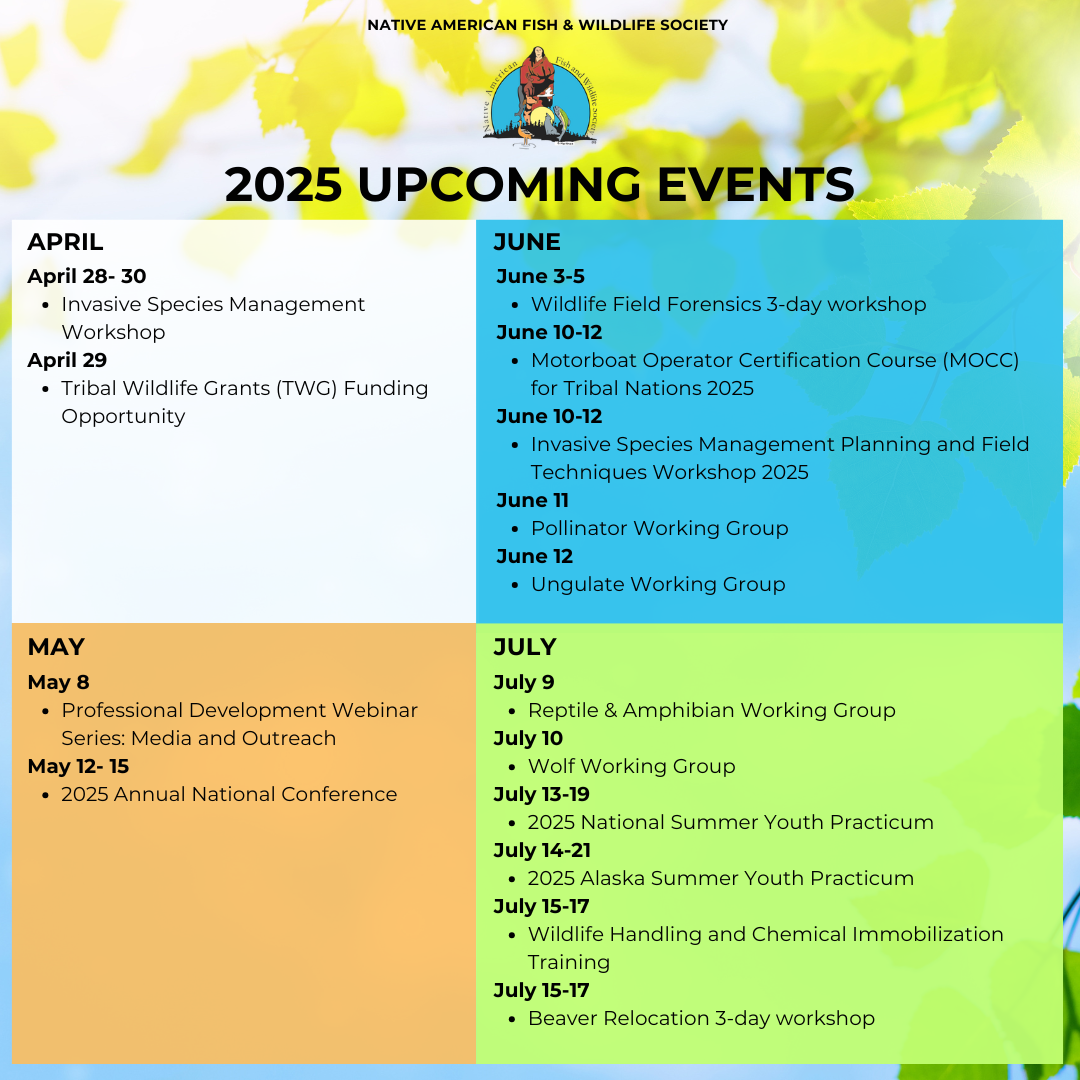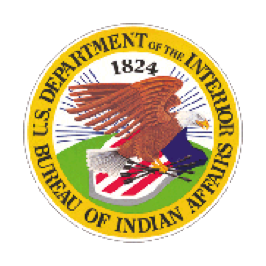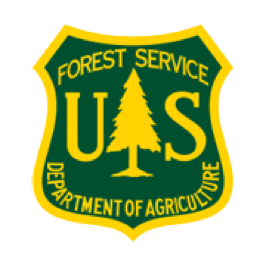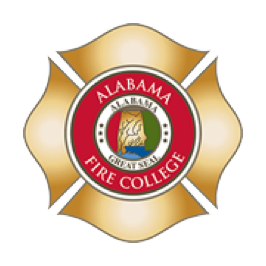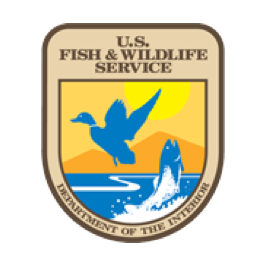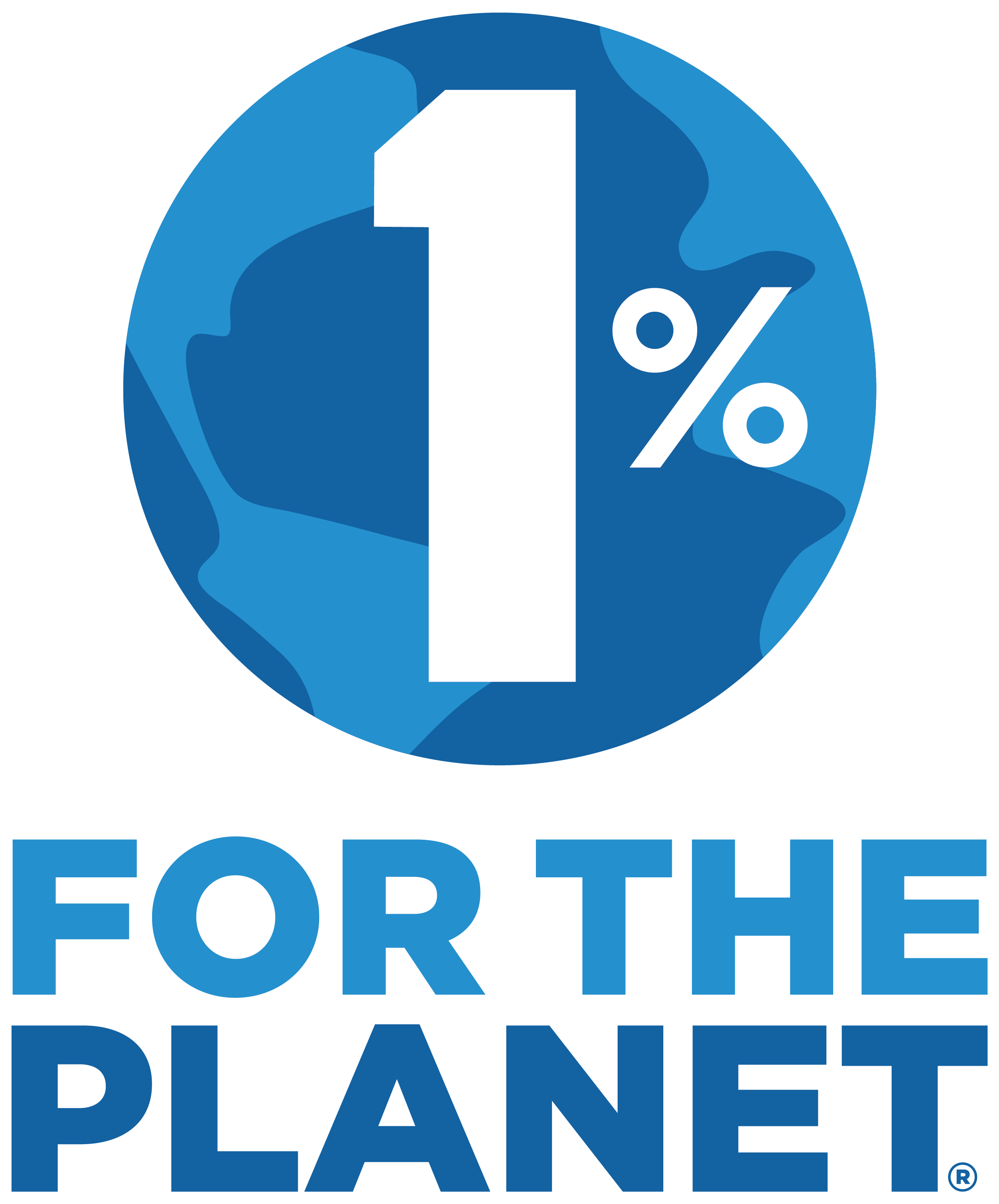Spring 2025 – From the Eagles Nest Newsletter
From the Eagle’s Nest
Spring 2025

Message from the President
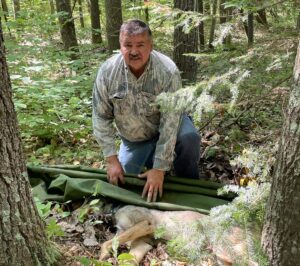 Greeting NAFWS Members, Partners, Friends, and Family:
Greeting NAFWS Members, Partners, Friends, and Family:
As the earth awakens from its winter slumber, we meet to celebrate the arrival of spring. A season symbolizing renewal, growth, and enduring cycles of nature. It is a great honor to welcome you as we come to the end of 2024 and a new beginning in 2025, I find myself without words. I have been a part of the Native American Fish and Wildlife Society (NAFWS) since 1991 and our organization has endured several ebbs and flows. The NAFWS has grown so much over the last five to six years.
I find myself thankful for my twenty-two months serving as the President for the NAFWS and collaborating with the board of directors, staff, membership, partners, and supporters. I am fortunate to be part of an organization with such compassionate and knowledgeable leadership.
Spring holds profound significance across native cultures, marking a time when the land rejuvenates, and traditional practices resume in harmony with nature. For many indigenous communities, this season celebrates the return of migratory birds, the sprouting of medicinal plants, and the spawning of fish. These events are an integral part of our cultural and subsistence practices. For me it’s the return of the Lake Sturgeon.
As we move on and monitor this spring season, let us honor the spirit of spring by reaffirming our commitment to the stewardship of our lands and waters. Lets continue to share knowledge and strengthen the bonds that unite us as a Society in our mission to protect the natural world. Tribe’s will have to adapt and be resilient. We have done it before. This is nothing new, as our indigenous communities face challenges and threaten our traditional ways of life. May this upcoming season inspire us all where our traditions flourish, ecosystems thrive, and our wisdom from our ancestors guide us in our decisions.
Donald J. Reiter, President
Message from the Executive Director
 Greetings NAFWS members, partners, and friends! I love this time of year with Mother Earth showing us how to heal and grow. I hope you are all well. We are in full conference mode as we prepare for the 42nd Annual National Conference hosted by the Eastern Shoshone & Northern Arapahoe Tribes of the Wind River Reservation at their Wind River Hotel & Casino in Riverton, WY May 12-15, 2025.
Greetings NAFWS members, partners, and friends! I love this time of year with Mother Earth showing us how to heal and grow. I hope you are all well. We are in full conference mode as we prepare for the 42nd Annual National Conference hosted by the Eastern Shoshone & Northern Arapahoe Tribes of the Wind River Reservation at their Wind River Hotel & Casino in Riverton, WY May 12-15, 2025.
The first quarter of 2025 is behind us with all funding reports completed and our 2024 Annual Membership Report available online. We welcomed Gwen Lassen to our team as the Communications Director. We focused a lot of our time listening to Tribal concerns regarding administrative changes and executive orders and trying to understand and communicate the fast-paced changes. I am very proud of the work NAFWS did to gather information on these impacts. We were able to provide real time, on the ground data of the impacts to Tribal fish and wildlife programs.
In January, I traveled to Palm Springs, CA with Shailyn and Emily to attend the 2025 Corridors, Connectivity and Crossing Conference where NAFWS was a co-host. It was great to listen to Whisper Camel-Means, CSKT Natural Resources Department during the plenary session and several other Tribal presenters during the conference. It is so important to make sure Tribes have a seat at these tables to raise awareness of the incredible work they are doing.
I traveled to Washington, DC in March with NAFWS Staff Shailyn, Ashley and Brian and NAFWS Regional Directors Donald Reiter, Benjamin Simpson, Mike LaVoie, and Matt Gamble and Tribal fish and wildlife professionals Doug Craven, Erik KashKash, Brad Parry, and Art Lawson for a fly-in and briefing on Tribal fish and wildlife funding. It was a fantastic opportunity to talk about Tribal fish and wildlife work and the challenges Tribes face. I traveled to Kentucky the following week to attend the 90th North American Wildlife and Natural Resources Conference. This is usually an opportunity to network with federal, state and non-governmental partners, but it was much different this year with only 3 federal employees at the event. Nonetheless, I made many connections and updated the AFWA Executive Committee on the work NAFWS and Tribes have been doing.
The need remains for dedicated, annual, sustainable base funding for Tribal fish and wildlife programs. NAFWS has identified Tribal Fish and Wildlife Funding as a 2025 National Initiative, and we will continue to seek funding opportunities and strive to reduce access barriers for Tribal fish and wildlife programs.
NAFWS was impacted by some of the recent administration changes. Unfortunately, we had to cancel a training we were working with the USFWS on when the federal credit cards were frozen. Some of our potential funding is in limbo. I want to assure you that we have taken a hard look at our financial situation and made a few adjustments. We will continue to monitor the situation and adapt as needed. However, we are confident that we can continue to meet our mission of assisting Native American and Alaska Native Tribes with the conservation, protection and enhancement of their fish and wildlife resources. As always, if you have ideas for the NAFWS, please contact me or your regional director(s). We hope to see you on the Wind River in May!
Pilamaye ye,
Julie Thorstenson, PhD (Lakota)
Executive Director
Message from the Communications Director
 A warm hello and happy spring to all! My name is Gwen Lassen and I am honored to join the dedicated team at NAFWS as the new Communications Director. My background is rooted in education and nonprofit management, with a master’s degree in communication management from the University of Denver and a certificate in climate education from Climatebase. Before making the switch to more conservation-based work, I specialized in coaching, facilitation, and conflict resolution. I highly enjoy building relationships and helping seemingly different sectors understand each other to work together smarter, not harder. Being raised in the desert of the Southwest by parents who sought to live in harmony with the land instilled in me a deep respect for our natural resources from an early age. I have long admired the vital conservation work that Tribes have been doing since time began, and I’m truly excited to help amplify the powerful efforts of this organization. Please feel free to connect with me at any time: [email protected]
A warm hello and happy spring to all! My name is Gwen Lassen and I am honored to join the dedicated team at NAFWS as the new Communications Director. My background is rooted in education and nonprofit management, with a master’s degree in communication management from the University of Denver and a certificate in climate education from Climatebase. Before making the switch to more conservation-based work, I specialized in coaching, facilitation, and conflict resolution. I highly enjoy building relationships and helping seemingly different sectors understand each other to work together smarter, not harder. Being raised in the desert of the Southwest by parents who sought to live in harmony with the land instilled in me a deep respect for our natural resources from an early age. I have long admired the vital conservation work that Tribes have been doing since time began, and I’m truly excited to help amplify the powerful efforts of this organization. Please feel free to connect with me at any time: [email protected]
Education Update
Spring is coming along! And NAFWS is shifting into a higher gear to prepare for the upcoming national conferences and trainings.
The Education Coordinator focused on confirming the host location and dates for the 2025 National Summer Youth Practicum (NSYP). The NSYP will be held at various locations in the Northern Front Range of Colorado – Colorado State University Mountain Campus, Colorado State University Main Campus and Denver. The dates of the SYP are July 13 – 19, 2025 with applications due May 3, 2025 at 10:00 pm Mountain Time.
Please send and encourage any Native High School students that you think may be interested!
Want more information? Please navigate to our website to download the application packet, FAQs, SYP video and final reports.
NAFWS is continuing to work and improve our Education Programs; please join us at our next Professional Development Webinar happening May 8, where we will focus on media & outreach!


The Bio Corner
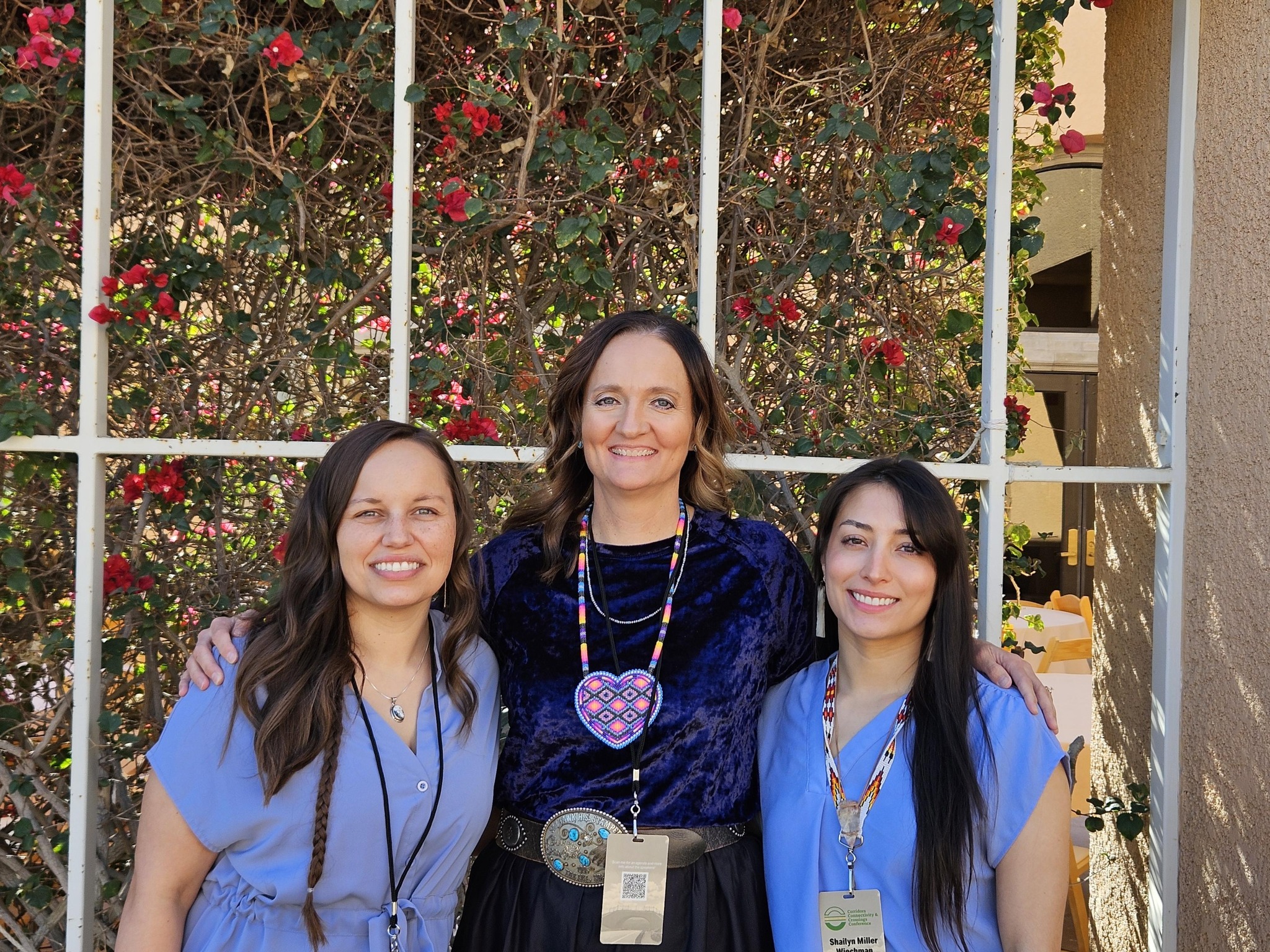



The NAFWS Working Groups continue to support Tribal conservation efforts across a range of species and ecosystems:
- The Ungulate Working Group is focusing on wildlife diseases affecting ungulates, including Hoof Rot, Chronic Wasting Disease, and others.
- The newly formed Reptile and Amphibian Working Group, in partnership with the Amphibian and Reptile Conservancy, is building momentum to support Tribal herpetofauna conservation.
- The Wolf Working Group is fostering collaboration between Tribes and States on wolf management planning.
- Now in its fourth year, the Tribal Wildlife Connectivity Group continues to share strategies for habitat protection and wildlife corridors.
- The Pollinator Working Group enters its second year as a Tribal-only space for sharing pollinator conservation practices.
- Meanwhile, the Fisheries and Aquatics Working Group, launched in 2024, is alternating between freshwater and marine topics, exploring tools like isotope markers and planning sessions on eDNA, aquaculture, and more.
To learn more, please visit: Working Groups – Native American Fish and Wildlife Society
Research and Publications Committee Updates
Submissions are now open for From the Field – Elevating Indigenous Voices, the new NAFWS publication focused on highlighting Tribal conservation and management. The submission window is open through April 30th, and the committee is excited to begin work on the first issue. There’s still time to submit your work—visit here: From the Field – Elevating Indigenous Voices – Native American Fish and Wildlife Society for more information and submission guidelines!
Alaska Team Update
It’s been a busy start to 2025 with preparations being made for the coming months. January – March a lot of time was spent planning and making arrangements for the Highly Pathogenic Avian Influenza Training in Anchorage with our co-host, the Alaska Migratory Bird Co-Management Council. Thank you to our team of partners! In early February, NAFWS provided sponsorship to support a meeting space and coordination for Tribal advocates during the North Pacific Fishery Management Council special meeting on the Draft EIS for Chum By-Catch. It was a successful effort to uplift Tribal input during this critical meeting; thank you to the organizers. In March we attended the Alaska Tribal Conference on Environmental Management and spent time attending presentations in the One Health tract and networking with folks at our booth. Between the planning, events, and meetings, we’ve been spending a lot of time forming partnerships and stronger relationships with Tribal staff, organizations, and contacts, so we can better serve Tribal environmental professionals here in Alaska.
Here’s to a busy summer season!
Kaitlyn Demoski, Alaska Region Fish & Wildlife Biologist

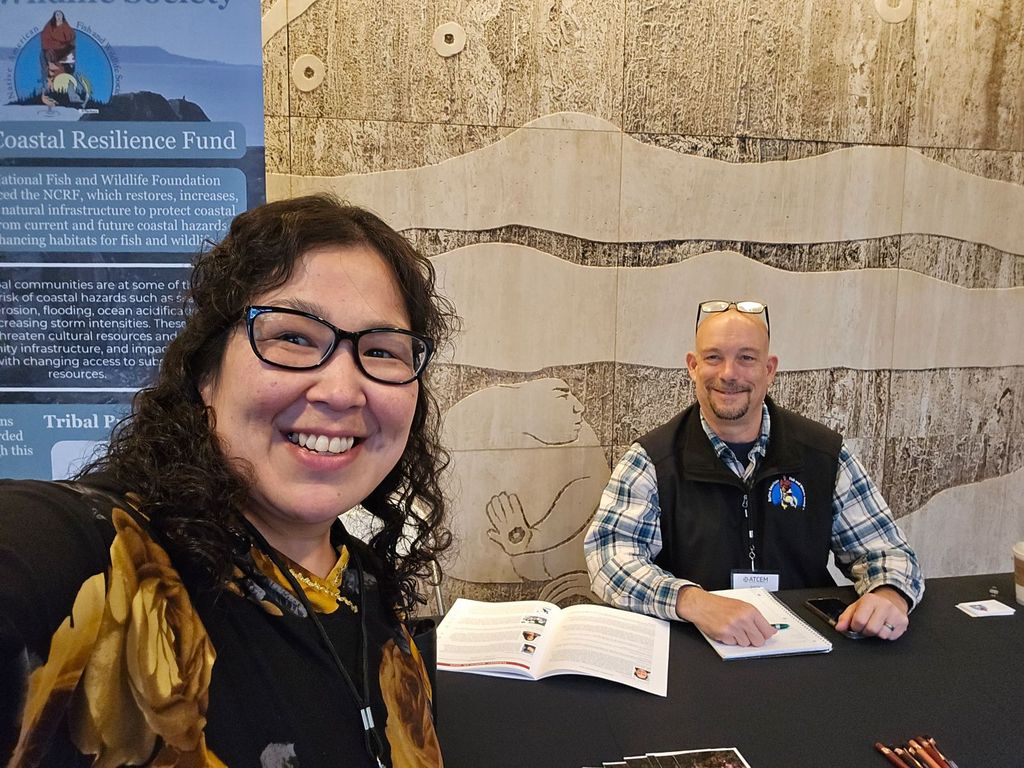
Invasive Species Team Update
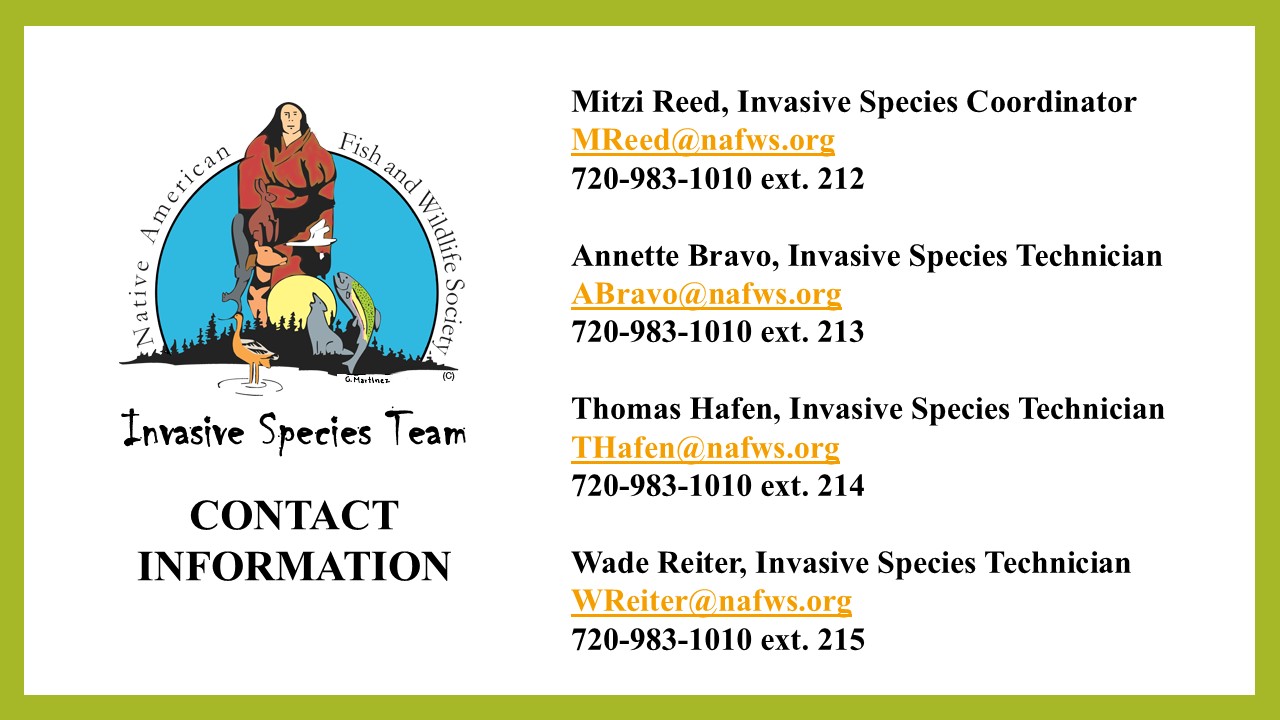
Adding Tools to the Toolbox for Tribal Managers
The Invasive Species Program is committed to helping Tribes build capacity in invasive species management and control implementation. We had a great audience at our first quarterly Invasive Species Club Meeting and the next will be held on May 28, 2025. Register here to join us for our future meetings. We also plan to attend the upcoming Regional Conferences later in the year.
As we are entering into the second quarter of the year, the Invasive Species Team has been prepping and planning four management workshops to expand on the momentum of the feedback from 2025. These workshops are targeted to accommodate the needs of Tribal staff working in the field of invasive species management dealing with various concepts from management planning to control and practical skill techniques to add more “tricks to the trade” and more “tools to the toolbox”. If there is one certainty when dealing with invasive species, that is that there is no “one size fits all” fix for management control implementation. The more we can build on our knowledge, techniques, and skills, the better equipped we can be as invasive species managers.
We are always looking for new hosts and locations to share knowledge, techniques, and skills throughout our Tribal lands. If this is a venture you and your Tribe would like to explore, reach out to us to discuss more.
Grants Team Update

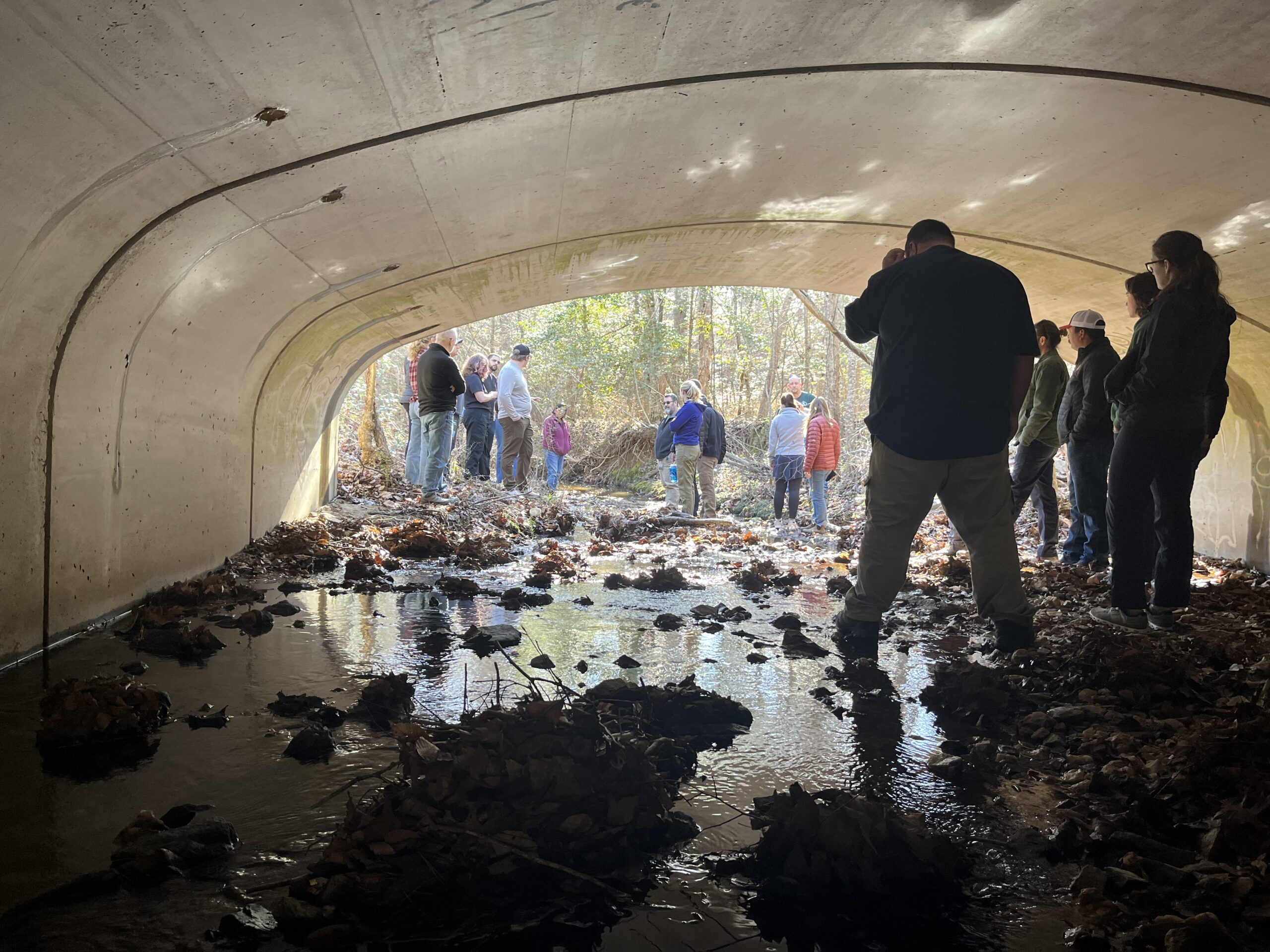
Funding Frustrations
If you told me you were confused and frustrated about the state of funding opportunities these last few months, I would understand! From conversations with our membership, to surveys where you told us what challenges you were facing, we have heard from Tribes across the country that their funding and programs have been at risk of late. Please know we greatly appreciate your responses and your trust in NAFWS to continue to advocate for Tribal interests in these matters. And the good news is, a few federal opportunities are opening up, philanthropy is “loosening the belt” for other grant programs, and our team is here to help you get creative about where and how you can increase financial stability in your Fish and Wildlife programs.
We hope to see you at the NAFWS National Conference, where we’ll be hosting a workshop, “Diversifying Funding and Increasing Financial Resilience in Tribal Fish and Wildlife Programs.” We’ll deliver some practical resources and ideas for not only seeking new funding sources but leveraging resources and cost saving tips to keep your program financially sustainable.
As always, use this link to book a meeting directly with our team and see how we can further support your Nation on any grants-related needs.
Upcoming Major Funding Opportunities
Be sure to check NAFWS’ Grants Database for many more – we are always updating and you can search by topic, open and close date, match required, etc.
National Coastal Resilience Fund: Pre-Proposal Due Date: May 6, 2025. The National Coastal Resilience Fund invests in conservation projects that restore, increase and strengthen natural infrastructure such as coastal marshes and wetlands, dune and beach systems, oyster and coral reefs, rivers and floodplains, coastal forest, and barrier islands that mitigate the impacts of storms and other coastal hazards to communities. We have a couple of recorded webinars on this year’s program, so if you would like those links or more information on how to apply, please reach out to one of our Grants Field Liaisons, Katie Schultz ([email protected]) or Andy Edwards ([email protected]).
Tribal Wildlife Grants Program: Due Date: June 20, 2025. The USFWF Tribal Wildlife Grants Program provides opportunities for federally recognized Tribes to engage in fish and wildlife conservation efforts on their lands, many of which are located adjacent to DOI-managed lands. Tribal Wildlife Grants are used to provide technical and financial assistance to Tribes for the development and implementation of programs that benefit fish and wildlife resources and their habitat.
Update: Changes to the USFWS Small Grants Program
The USFWS Small Grants Process is a new, simplified way to apply for existing USFWS funding, designed to better serve applicants traditionally underserved by standard grant processes. It offers easier applications, support from FWS staff, and avoids the use of Grant Solutions—saving time and effort. Eligible projects must be under $200,000 and completed within three years. For more information and a recorded NAFWS webinar, visit the Funding Opportunities Dashboard.
